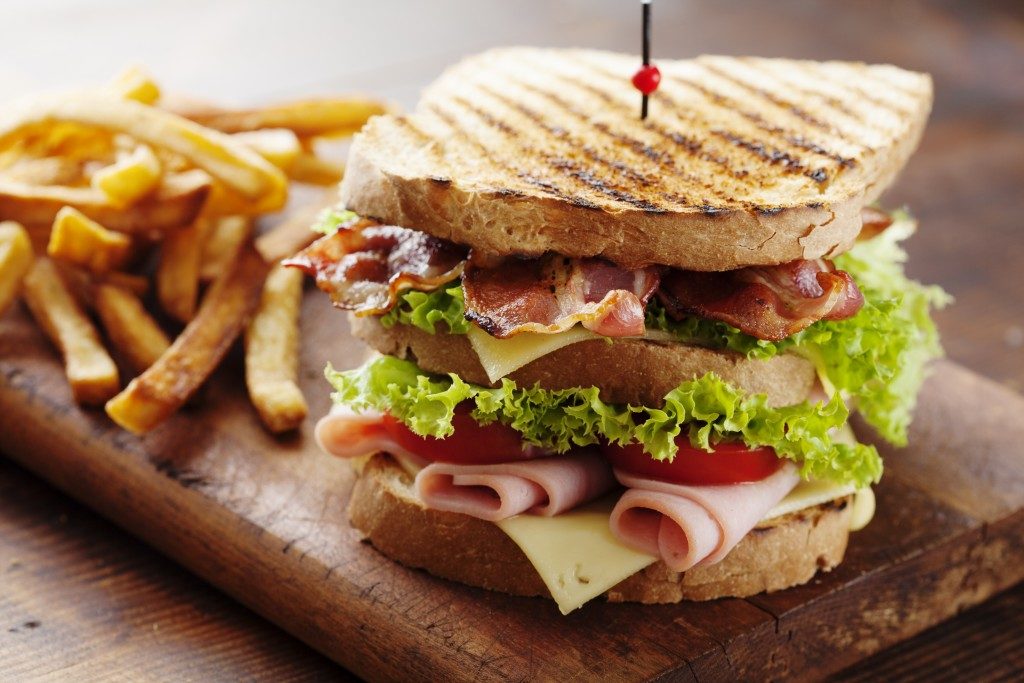Ever wondered why a sub or submarine sandwich is named the way it is? And what’s the difference between a hoagie, a sub, a grinder, and the other sandwich variations? Why is Subway and not Hoagieway? And what should your sub sandwich franchise call the sandwiches on the menu?
These questions are just another version of the age-old battle of pop versus soda. The English language is complex, but let’s try to untangle this confusion from a linguistic perspective.
Breaking Down the Linguistics
Chefs can argue all they want about the culinary difference between hoagies, subs, grinders, and other long sandwiches, but these still refer to the same dish: meat, cheese, and toppings sandwiched between two slices of bread. The phenomenon where the name for one object is different from location to location is an example of language variation.
Language variation refers to the regional, social, and contextual differences that affect the way an individual or a group of people use a language. There are two types of language variation, linguistic and sociolinguistic. Linguistic variation refers to the differences in accent, grammar, pronunciation, and other systematic aspects pertaining to the use of language.
The hoagie-sub-grinder-hero-etc issue falls under sociolinguistic variation. This deals with social and contextual factors, such as the degree of formality of the conversation, the social status of the speakers, the power relationship between the speakers, and the setting where the communication happens. Altogether, these variations result in a multitude of regional dialects.
Dialects vary per region, with some overlapping characteristics depending on proximity of the locations or the similarity of their cultures. So people can use hoagie, sub, grinder, hero, or another name to refer to a long sandwich, depending on their dialect.
Linguists Scott Golder and Bert Vaux released their Harvard Dialect Survey mapping which locations use what term to refer to a long sandwich.
Origins of the Names

The different aspects of a specific location influence how its population coins and uses a term or a linguistic feature. This is how the different names for sandwich are born. Here are the hypothesized origins of each name.
- Sub – Sub sandwiches are called submarines because well, they resemble a submarine. Apart from that, the use of this term is mostly common in New London, Connecticut. During World War II, the town of Groton is home to the Navy’s submarine base, which, of course, was busy during the war. This may be why people made the connection between the sandwich and the actual submarine.
- Grinder – This term is more common in New England. One theory behind the name is that the tough Italian bread mixed with all the fixings was a little hard to chew. Hence, it was a “grinder” because that’s what you had to do with your teeth when you ate it. Another theory is that “grinder” is Italian-American slang for dockworkers, which are common in New England’s coastal towns.
- Hero – New York’s finest, hero, began with food columnist Clementine Paddleford. She tried the sandwich and wrote a review on the New York Herald Tribune saying that it was so large, you had to be a hero to eat it.
- Hoagie – The story behind this term is that Al De Palma, a jazz musician, saw someone eating a sub and thought “you had to be a hog” to finish that big a sandwich. When he opened a sandwich shop, he served subs and named them “hoggies.” The Philadelphia accent probably led the shift from “hoggy” to “hoagie.”
Ultimately, does it really matter what you call a long sandwich? Although these facts are interesting to know, food is food, no matter where it comes from or no matter what you call it. It’s going to end up in your stomach regardless.

